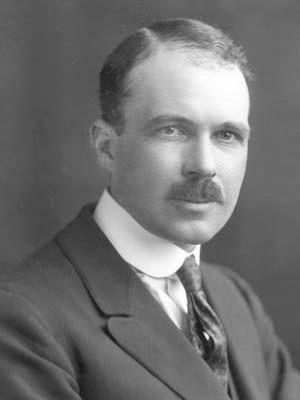
2 minute read
Cartside House
Over the years there have been a number of articles about the Houstoun family in which the lodge has been named after, in particular Bro. William Houstoun, the first master (at least on paper). By that, I mean he must have attended the inaugural meeting, but did not attend anything thereafter. This was possibly due to a number of reasons including his attempt at building the canal from Glasgow to Ardrossan through Johnstone which ultimately failed when the railways took over transport.
The original mill partnership, Houstoun, Burns and Company, was dissolved with the death of Bro. George Houston (member of Glasgow Kilwinning No.4 & 242) in 1815, and the mill, house and 19 acres of Cartside became the responsibility of his second son William, who operated the business as George Houston and Company. Bro. William Houston (1781-1856) lived in Johnstone Castle with his elder brother Bro. Ludovic (affiliated to 242 in 1811), who had become laird in 1815, before moving to Cartside House shortly after his marriage in 1845. His elder son George Ludovic Houston (not in the Craft), who was to succeed his uncle as laird of Johnstone in 1862, was born at Cartside in 1846, Houstoun extended the mill, making an addition in 1825 which nearly doubled its size.
Advertisement
Cartside House, with about 8 acres of polices, was regularly leased out. From 1862 it was occupied by the Glasgow East India merchant Archibald Glen. Following losses in his business with Singapore, Malaya and the Philipinnes, Glen went bankrupt in 1874 with liabilities of £150,000, and died at Cartside House in December, 1875. Around 1877 the paper manufacturer Peter McLaurin moved into the house with his family. McLaurin in 1849 had founded the Glasgow firm Smith and McLaurin, which pioneered the manufacture of gummed paper. In 1869 he had purchased the Houston’s Cartside Cotton Mill, which he converted into a paper mill to produce a wide range of paper products –gummed tape, pasteboards, cardboard and label cloth paper suitable for envelopes and books.
After Peter McLaurin’s death in 1909 one of his sons, Duncan McLaurin, returned to join his brothers in the family business. He was living at Cartside House in 1914 with his widowed mother and his brother Alexander. In 1931 Johnstone Town Council, driven by the housing needs of the Burgh, acquired Cartside House and the grounds for housing, and the following year extended the burgh boundaries to include the property. Five years earlier it had purchased neighbouring Linn House and policies, and now brought forward proposals to build 220 houses for over 900 people on the joint 32-acre site. Cartside House, which had stood at the junction of Cartside Avenue and Beach Road, was demolished soon after.









